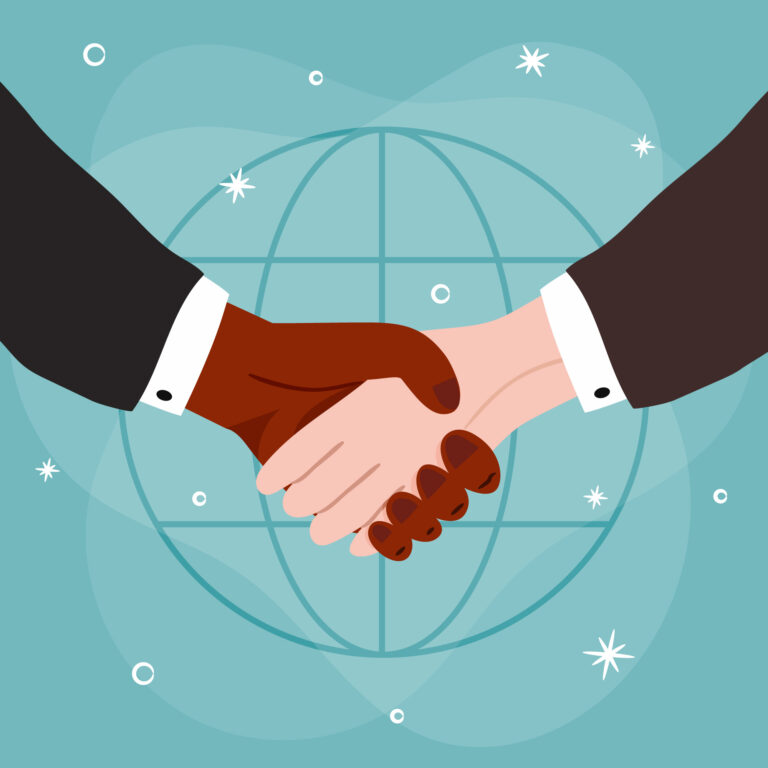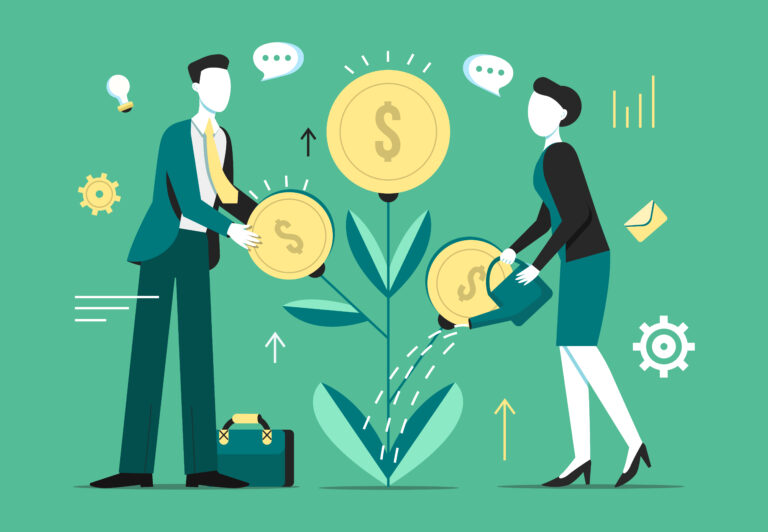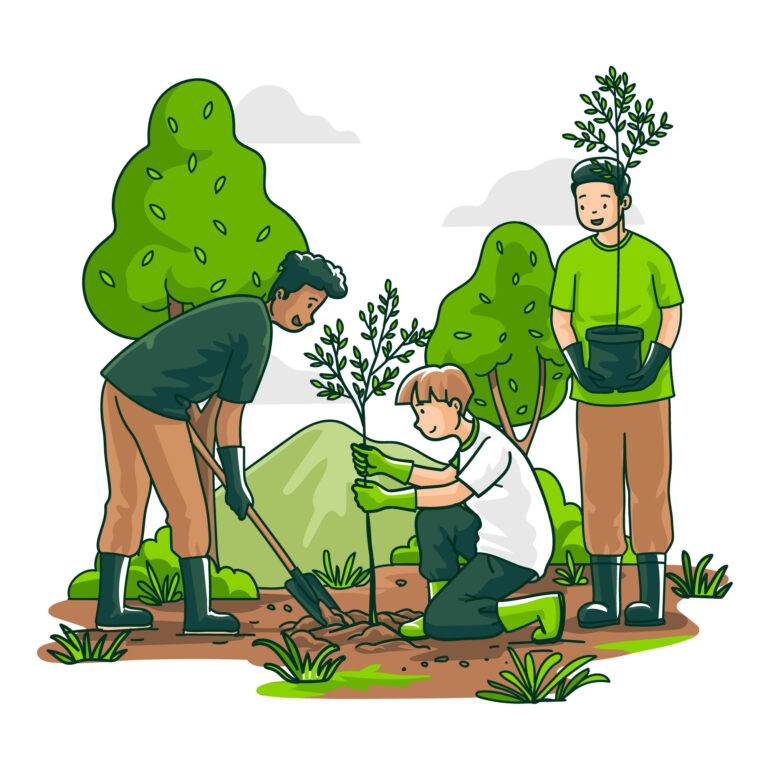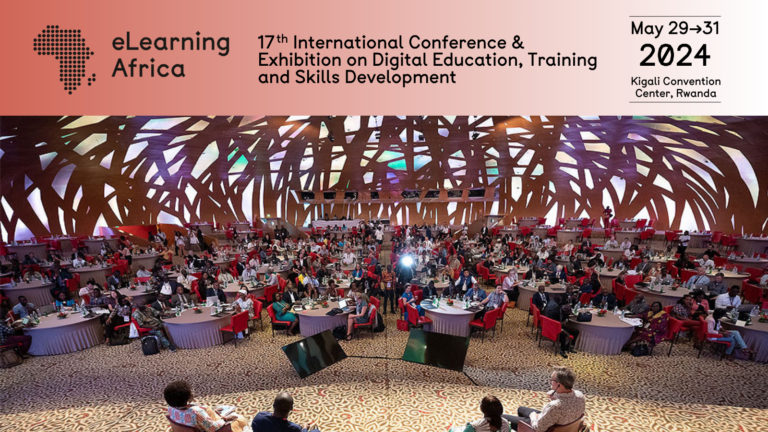Art and Technology: Exploring the Intersection of Creativity and Digital Innovation
Today, the realms of art and technology are increasingly converging, leading to exciting possibilities and innovative creations. The fusion of these two seemingly disparate fields has given rise to a fascinating intersection where creativity and digital innovation coexist. Artists and technologists alike are exploring this new frontier, pushing the boundaries of what is possible and redefining the way we experience and interact with art.
At its core, art is a medium for self-expression and a reflection of the human experience. Throughout history, artists have used various tools and techniques to bring their visions to life. However, with the advent of digital technology, artists now have an entirely new palette at their disposal. The digital realm offers a boundless playground where artists can experiment, manipulate, and transform their ideas with unprecedented ease and flexibility.
One significant aspect of the intersection between art and technology is the rise of digital art forms. Digital painting, 3D modeling, virtual reality (VR), and augmented reality (AR) are just a few examples of how technology has revolutionized the art world. These mediums not only provide artists with new ways to create but also offer viewers immersive and interactive experiences. With VR and AR, for instance, art can transcend the limitations of physical space, allowing audiences to step into virtual galleries, interact with artworks, and explore entirely new dimensions of artistic expression.
Moreover, technology has also democratized the creation and distribution of art. In the past, artists often relied on traditional institutions and gatekeepers to showcase their work to a wider audience. However, with the advent of social media platforms, artists can now share their creations directly with the world, bypassing traditional intermediaries. This newfound accessibility has led to a vibrant online community of artists who connect, collaborate, and inspire one another.
One notable example of this intersection of art and technology is the work of TeamLab, a Japanese collective known for their mesmerizing digital installations. Their immersive artworks often combine digital projections, motion sensors, and soundscapes to create ethereal and otherworldly experiences. Through their work, TeamLab explores themes such as nature, human connection, and the interplay between the physical and the virtual, inviting viewers to embark on a sensory journey like no other.
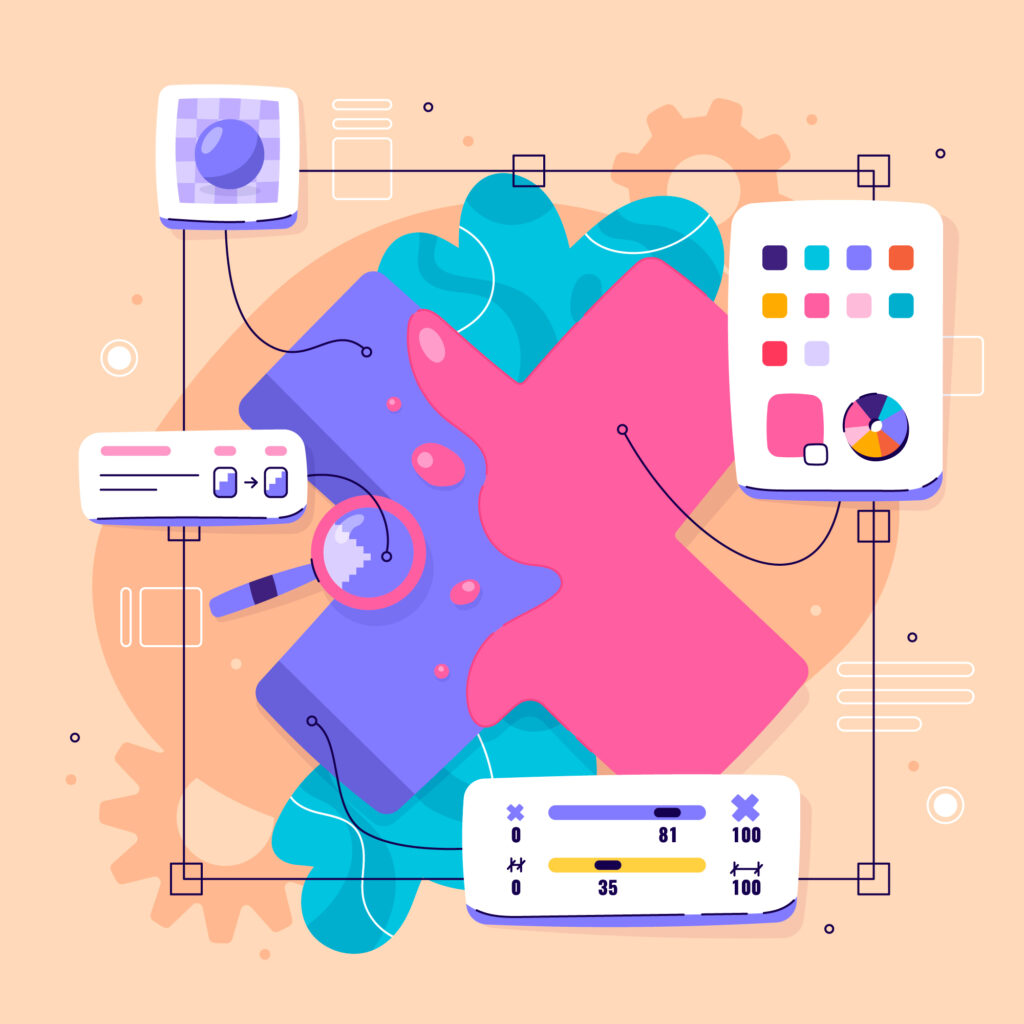
Furthermore, technology has also played a crucial role in preserving and archiving art for future generations. Digital tools and techniques have made it possible to document and digitize artworks, ensuring their longevity and accessibility. Museums and galleries are now able to create digital archives, allowing people from all corners of the globe to explore and study artworks that were once confined to physical locations. This digitization also opens up new possibilities for art restoration and conservation, enabling experts to uncover hidden layers, analyze pigments, and gain deeper insights into the creation process.
While the fusion of art and technology offers immense opportunities, it also raises thought-provoking questions and challenges. The rapid advancements in technology raise concerns about the loss of human touch and craftsmanship in art creation. Additionally, issues such as copyright, intellectual property, and the commercialization of digital art present complex legal and ethical dilemmas that need to be addressed- something that is especially coming up these days with the increasing occurrence of AI-generated art.
The intersection of art and technology is a dynamic and transformative space where creativity and digital innovation merge. From digital art forms to immersive installations and the democratization of artistic expression, this fusion is reshaping the art world in profound ways. It opens up exciting avenues for artists to explore and connect with audiences while challenging traditional notions of what constitutes art. As technology continues to evolve, so too will the possibilities for artistic expression, offering us a glimpse into a future where art and technology are inseparable, and creativity knows no bounds.
Published on August 10, 2023.
Stay tuned for new blogs every Monday!
About
Avya Sood is a 19 year old student of Economics and Psychology from Punjab, India. You can reach out to her at [email protected]
Follow the iMPACT Magazine on social media for more informative content.

